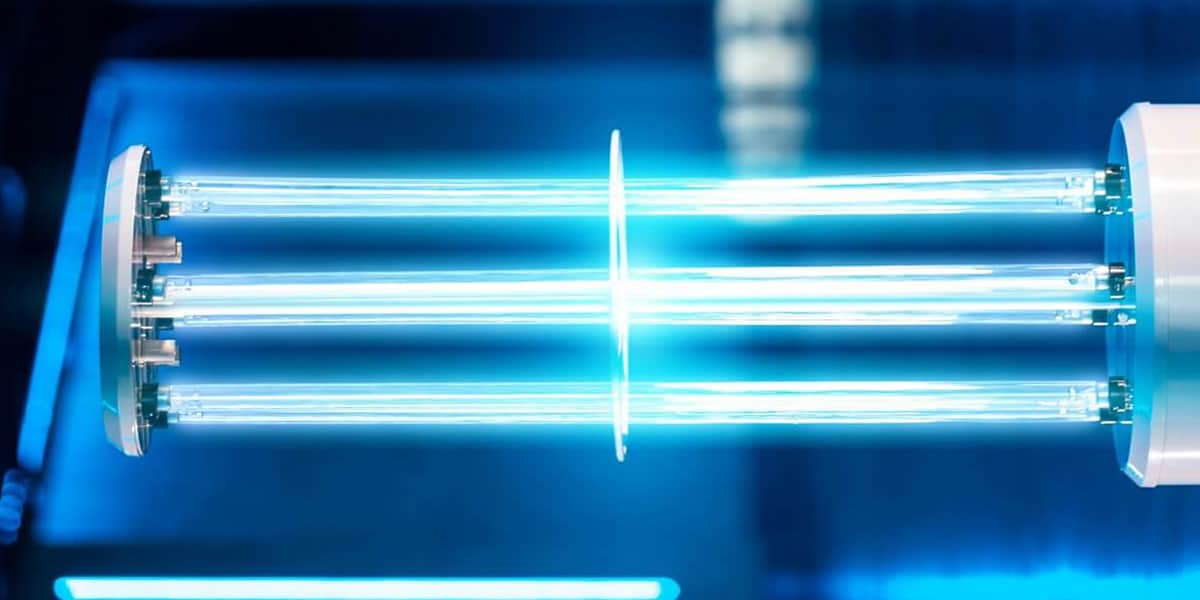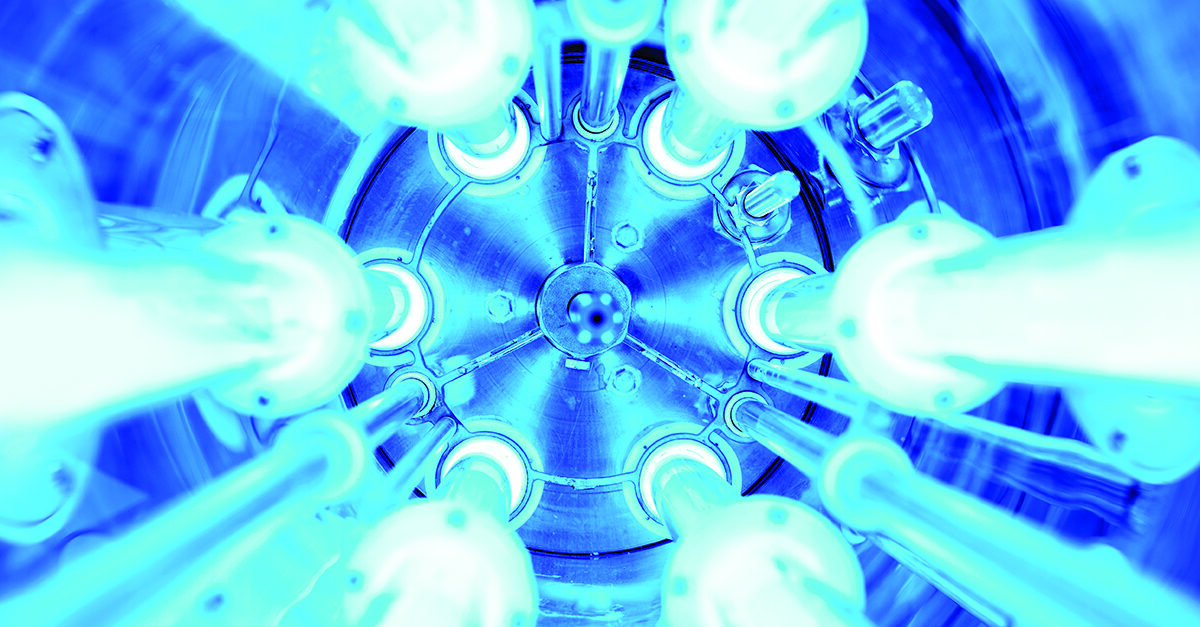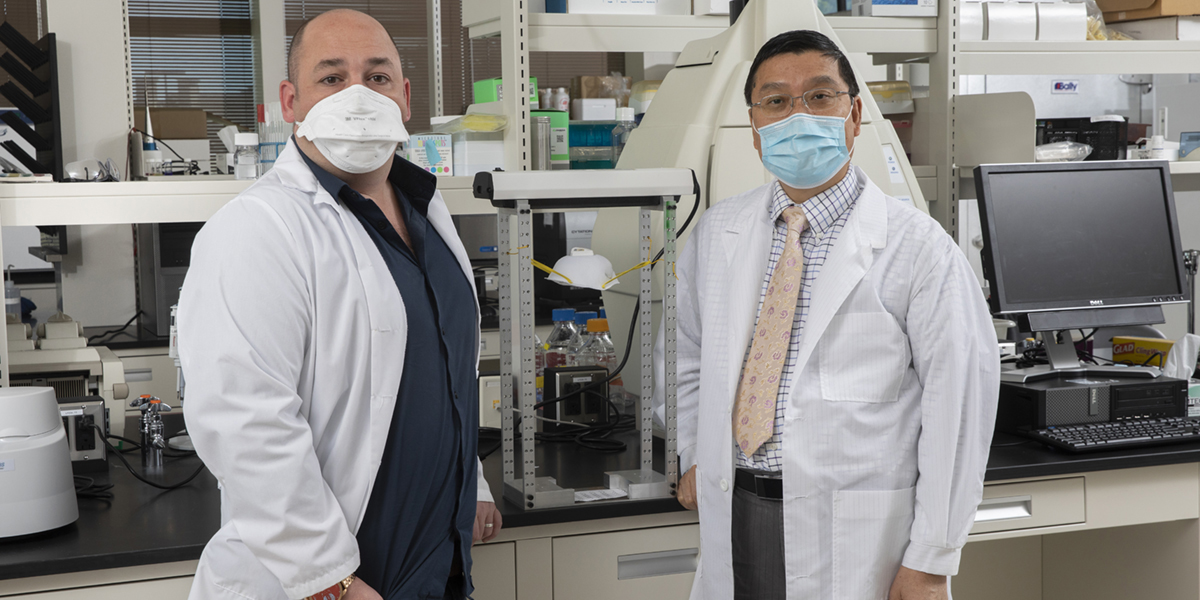In an era where hygiene and cleanliness have taken center stage, the demand for effective sanitization methods has never been higher. One innovative solution that has gained significant attention is the UV-C light sanitizer. This technology leverages the power of ultraviolet (UV) light to eliminate harmful pathogens, providing a convenient and efficient way to sanitize various surfaces. In this article, we will explore the science behind UV-C light sanitizers, their applications, and the potential benefits they offer.
Understanding UV-C Light

UV-C light is a type of ultraviolet light with a wavelength range of 200 to 280 nanometers. Unlike UV-A and UV-B light, UV-C light possesses the unique ability to destroy the DNA and RNA of microorganisms, rendering them incapable of reproduction. This property makes UV-C light an effective tool for disinfection and sterilization.
How UV-C Light Sanitizers Work
UV-C light sanitizers operate on the principle of disrupting the genetic material of microorganisms, including bacteria, viruses, and fungi. When exposed to UV-C light, the DNA and RNA of these pathogens absorb the ultraviolet rays, leading to damage that prevents their replication and renders them harmless.
- Denaturing DNA and RNA: UV-C light causes chemical reactions in the genetic material of microorganisms, specifically breaking the bonds that hold their DNA and RNA together. This process, known as thymine dimerization, results in the formation of abnormal linkages that inhibit the microorganism’s ability to replicate.
- Inactivation of Microorganisms: The altered genetic material prevents the microorganisms from reproducing or functioning properly, ultimately leading to their inactivation. This mechanism makes UV-C light an effective means of eliminating a wide range of pathogens.
Applications of UV-C Light Sanitizers
UV-C light sanitizers find application in various settings due to their versatility and efficiency. Some notable areas where these sanitizers are employed include:
- Home and Personal Use: Compact and portable UV-C light sanitizers have become popular for personal use, allowing individuals to sanitize everyday items such as smartphones, keys, and accessories. These devices provide a quick and convenient way to enhance personal hygiene.
- Healthcare Facilities: In healthcare settings, UV-C light sanitizers are utilized to disinfect surfaces, equipment, and even the air. The ability of UV-C light to kill a broad spectrum of pathogens makes it a valuable tool in preventing the spread of infections within hospitals and clinics.
- Food Industry: UV-C light is also employed in the food industry to disinfect surfaces and equipment in processing plants. This helps ensure the safety of food products by reducing the risk of contamination from bacteria and other harmful microorganisms.
- Public Spaces: UV-C light sanitizers are increasingly being integrated into air purification systems in public spaces such as airports, offices, and public transportation. These systems help maintain a clean and safe environment for occupants.
Benefits of UV-C Light Sanitizers
- Chemical-Free Sanitization: One of the key advantages of UV-C light sanitizers is that they provide a chemical-free method of sanitization. Unlike traditional cleaning methods that may involve the use of chemical disinfectants, UV-C light offers a non-toxic alternative.
- Efficient and Rapid: UV-C light sanitization is a quick process, with the ability to eliminate microorganisms within seconds of exposure. This efficiency makes it a time-saving solution for both personal and industrial applications.
- No Residue or Environmental Impact: Unlike some chemical disinfectants that leave residues or have environmental implications, UV-C light sanitizers do not produce any by-products. This makes them an environmentally friendly choice for those seeking sustainable sanitization solutions.
- Versatility: UV-C light sanitizers can be applied to a wide range of surfaces and materials, making them suitable for diverse settings. From electronic devices to medical equipment and household items, UV-C light offers a versatile solution for maintaining cleanliness.
Challenges and Considerations
While UV-C light sanitizers offer numerous benefits, it’s important to consider certain challenges and limitations associated with their use.
- Limited Penetration: UV-C light has limited penetration ability, meaning it may not reach hidden or shadowed areas. Ensuring thorough coverage is essential for effective sanitization.
- Eye and Skin Safety: Direct exposure to UV-C light can be harmful to the eyes and skin. It is crucial to follow safety guidelines and use UV-C light sanitizers with built-in safety features to protect users.
- Dependency on Line of Sight: UV-C light sanitizers operate based on line-of-sight exposure. Surfaces not directly exposed to the UV-C light may not receive adequate disinfection.
Advancements in UV-C Technology: The Future of Sanitization
As technology progresses, ongoing research and development efforts are focused on refining UV-C light sanitizers to overcome some of the existing challenges. Innovations in the field aim to enhance penetration capabilities, improve safety features, and expand the range of applications for UV-C light sanitization.
Enhanced Penetration Technologies:
Researchers are exploring ways to improve the penetration capabilities of UV-C light. This includes the development of devices with advanced optics and reflective surfaces to ensure that UV-C light reaches areas that may be shadowed or difficult to access. By addressing this limitation, UV-C light sanitizers could become even more effective in achieving comprehensive disinfection.
Safety Measures and Automation:
Ensuring the safety of users is paramount in the development of UV-C light sanitizers. Manufacturers are incorporating safety features such as motion sensors and automated shut-off mechanisms to prevent accidental exposure. These advancements contribute to the user-friendliness of UV-C light sanitization devices, making them more accessible for widespread use.
Integration with Internet of Things (IoT):
The integration of UV-C light sanitizers with IoT technology is an exciting avenue of exploration. Smart sanitization devices can be programmed to operate autonomously, based on predetermined schedules or triggered by real-time data. This connectivity not only enhances the efficiency of sanitization processes but also allows for remote monitoring and control.
Expanded Applications in Healthcare:
In healthcare settings, UV-C light is being explored for its potential to disinfect medical equipment, surfaces, and even air in a more targeted manner. Continuous research is investigating how UV-C light can complement existing infection control measures, contributing to safer healthcare environments and reducing the risk of healthcare-associated infections.
Consumer-Friendly Designs:
The consumer market for UV-C light sanitizers is expanding rapidly. Manufacturers are focusing on designing user-friendly and aesthetically pleasing devices that seamlessly integrate into daily life. Portable and compact UV-C light sanitizers are becoming commonplace, allowing individuals to incorporate sanitization practices into their routines effortlessly.
Educational Initiatives:
As the adoption of UV-C light sanitizers increases, educational initiatives are emerging to inform users about best practices and safety guidelines. Proper understanding of how to use UV-C light sanitizers ensures that individuals can maximize their effectiveness while minimizing potential risks.
Closing Thoughts: A Bright Future for UV-C Light Sanitizers

The rise of UV-C light sanitizers marks a significant step forward in the realm of disinfection and sanitization. While challenges exist, ongoing research and technological advancements continue to address these issues, paving the way for a future where UV-C light plays a central role in maintaining clean and safe environments.
As the global emphasis on hygiene persists, UV-C light sanitizers offer a promising solution that aligns with the growing demand for efficient, chemical-free, and environmentally friendly sanitization methods. The collaborative efforts of scientists, engineers, and manufacturers are propelling UV-C light technology into new frontiers, making it an integral part of our collective pursuit of a healthier and safer world.
Conclusion
In conclusion, the journey of UV-C light sanitizers from laboratories to homes, healthcare facilities, and public spaces reflects a paradigm shift in how we approach cleanliness and hygiene. As these devices continue to evolve, their impact on public health and safety is likely to be profound, contributing to a future where sanitization is not just a necessity but a seamless and integrated aspect of our daily lives.
UV-C light sanitizers represent a cutting-edge solution in the ongoing quest for effective sanitization methods. Their ability to rapidly inactivate a wide range of microorganisms without the use of chemicals makes them a valuable tool in various industries and everyday settings. As technology continues to advance, the integration of UV-C light sanitizers into daily life is likely to increase, contributing to a cleaner and safer environment for all.

